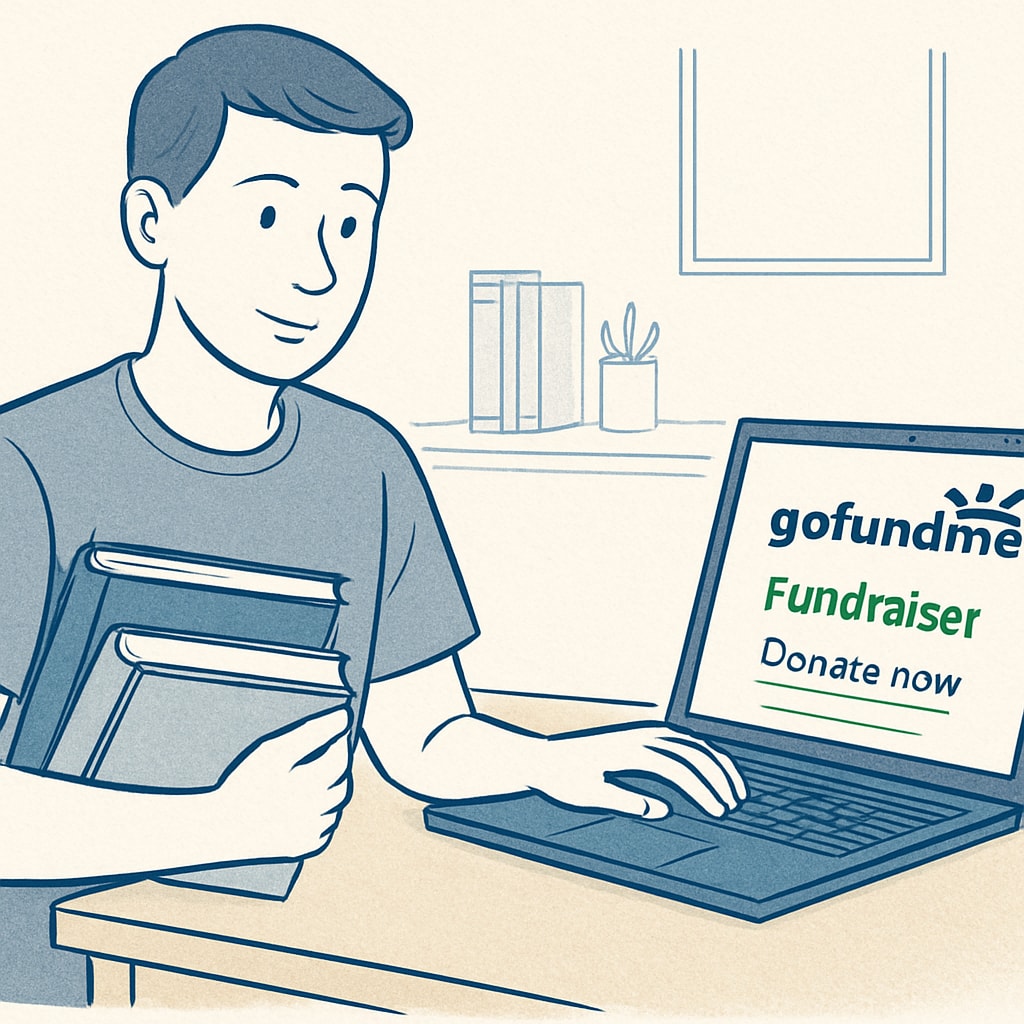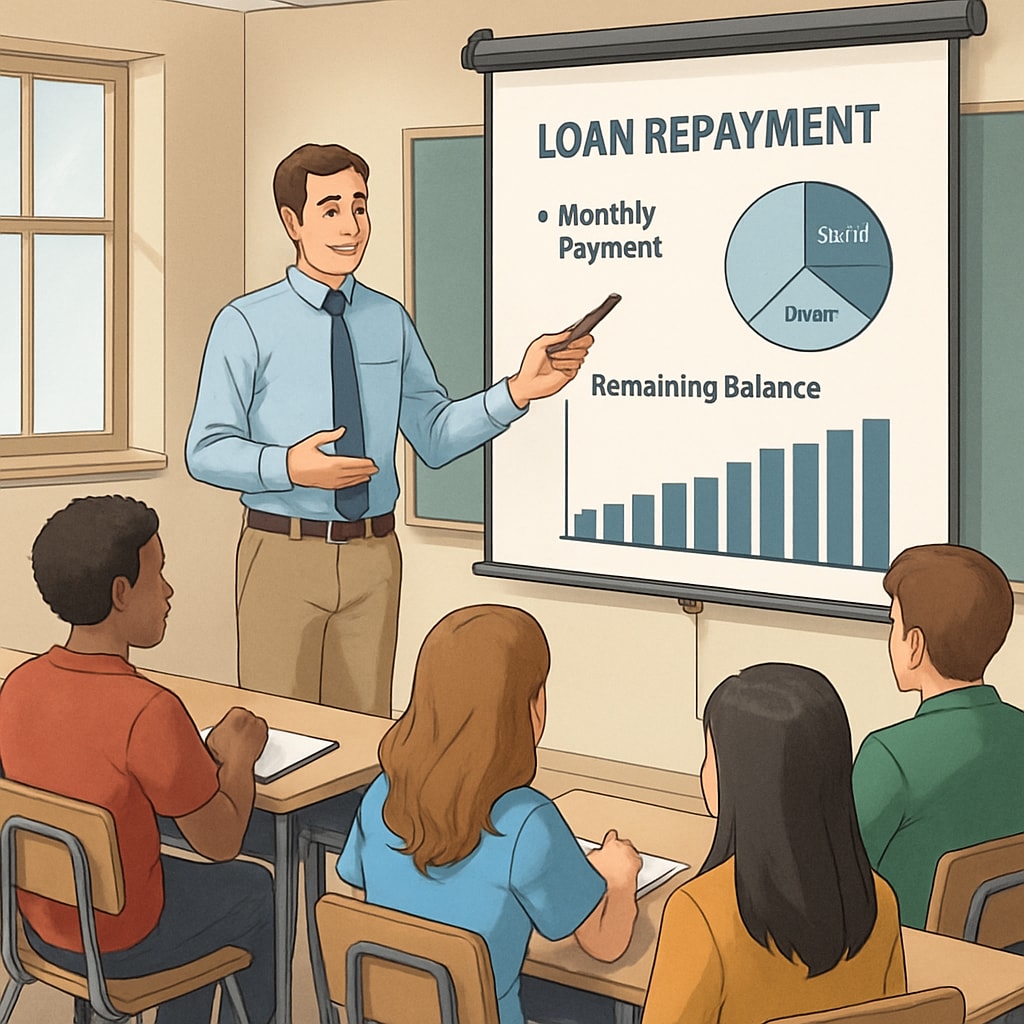Many students pursuing higher education, including medical school, face significant tuition challenges. For some, platforms like GoFundMe have become essential tools to bridge the financial gap and achieve their academic goals. While crowdfunding offers hope, the root of the problem lies in the inadequacies of the K12 education system, which often fails to prepare students for financial realities. This article explores these systemic shortcomings and proposes actionable solutions to support students in their pursuit of higher education.

Why the K12 System Falls Short in Financial Preparation
The K12 system, which encompasses kindergarten through 12th grade, is designed to equip students with essential academic and life skills. However, financial literacy—a critical component for navigating higher education costs—is often overlooked. Students graduate high school with little understanding of tuition structures, loan management, or scholarship opportunities, leaving them ill-prepared to make informed decisions.
For example, many aspiring medical students face an uphill battle due to the high costs associated with medical school applications and tuition. According to the Association of American Medical Colleges (AAMC), the average medical school debt exceeds $200,000, making affordability a significant barrier for many. Without proper guidance during their formative years, students must resort to crowdfunding platforms like GoFundMe to fund their dreams.
Strengthening Financial Literacy in K12 Education
To address these gaps, integrating financial literacy into the K12 curriculum is essential. Students should learn about budgeting, saving, debt management, and the long-term implications of student loans. These lessons would empower them to make informed decisions when planning their academic futures.
Key elements to include in financial literacy programs:
- Understanding tuition costs for different types of institutions (e.g., public, private, trade schools).
- Exploring scholarship and grant opportunities.
- Learning about loan repayment terms and interest rates.
- Strategies for crowdfunding and alternative funding methods.
By implementing these changes early, students can approach higher education with greater confidence and preparedness.

Alternative Solutions: Crowdfunding and Beyond
While platforms like GoFundMe have provided a lifeline for students facing financial obstacles, they should not be the sole solution. Crowdfunding can be unpredictable and depends heavily on personal networks and social media visibility. Therefore, it is crucial to explore other avenues for creating a more equitable education system.
Potential solutions include:
- Expanding government-funded grants and scholarships to cover a broader range of students.
- Creating partnerships between corporations and universities for sponsored tuition programs.
- Introducing income-based repayment options for student loans.
- Developing community-based funding initiatives that pool resources for local students.
These measures, combined with financial literacy education, can reduce dependency on crowdfunding and ensure students have access to sustainable financial support.
The Role of Society in Supporting Students
As a society, it is our responsibility to advocate for policies that make education accessible to all, regardless of financial background. Organizations, educators, and policymakers must collaborate to address the systemic issues that perpetuate economic barriers in higher education.
In addition, fostering empathy and support through community-driven efforts can make a significant impact. Crowdfunding campaigns like those on GoFundMe often succeed because of the collective goodwill of donors who believe in the power of education to transform lives.
Ultimately, the dream of becoming a medical professional—or pursuing any higher education goal—should not be contingent on one’s financial circumstances. By reforming our education system and creating equitable funding opportunities, we can pave the way for a brighter, more inclusive future.
Readability guidance: Use short paragraphs for clarity, include actionable lists, and maintain a balance of active voice to maximize reader engagement. Transition words like “however,” “in addition,” and “as a result” have been incorporated to ensure smooth flow.


